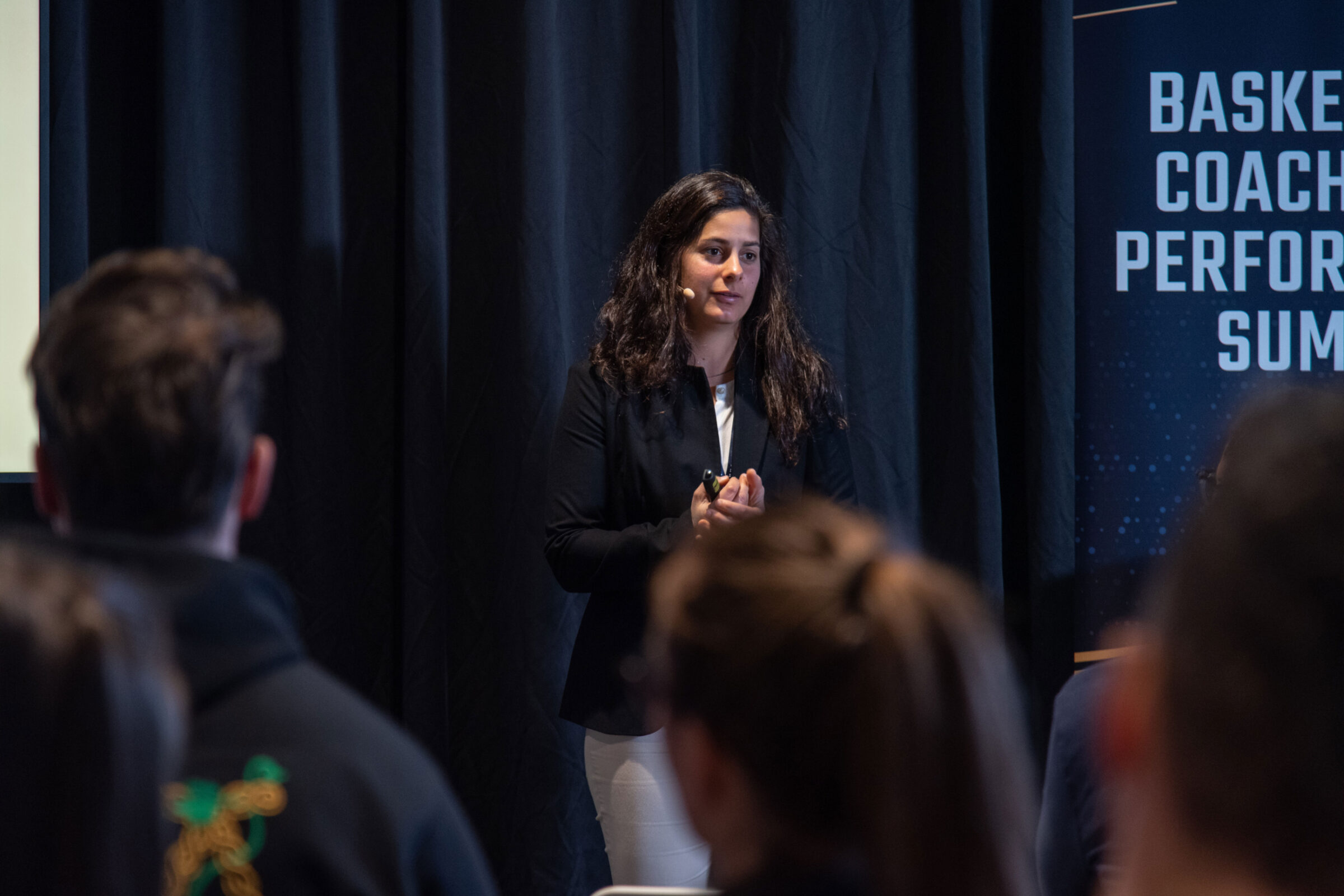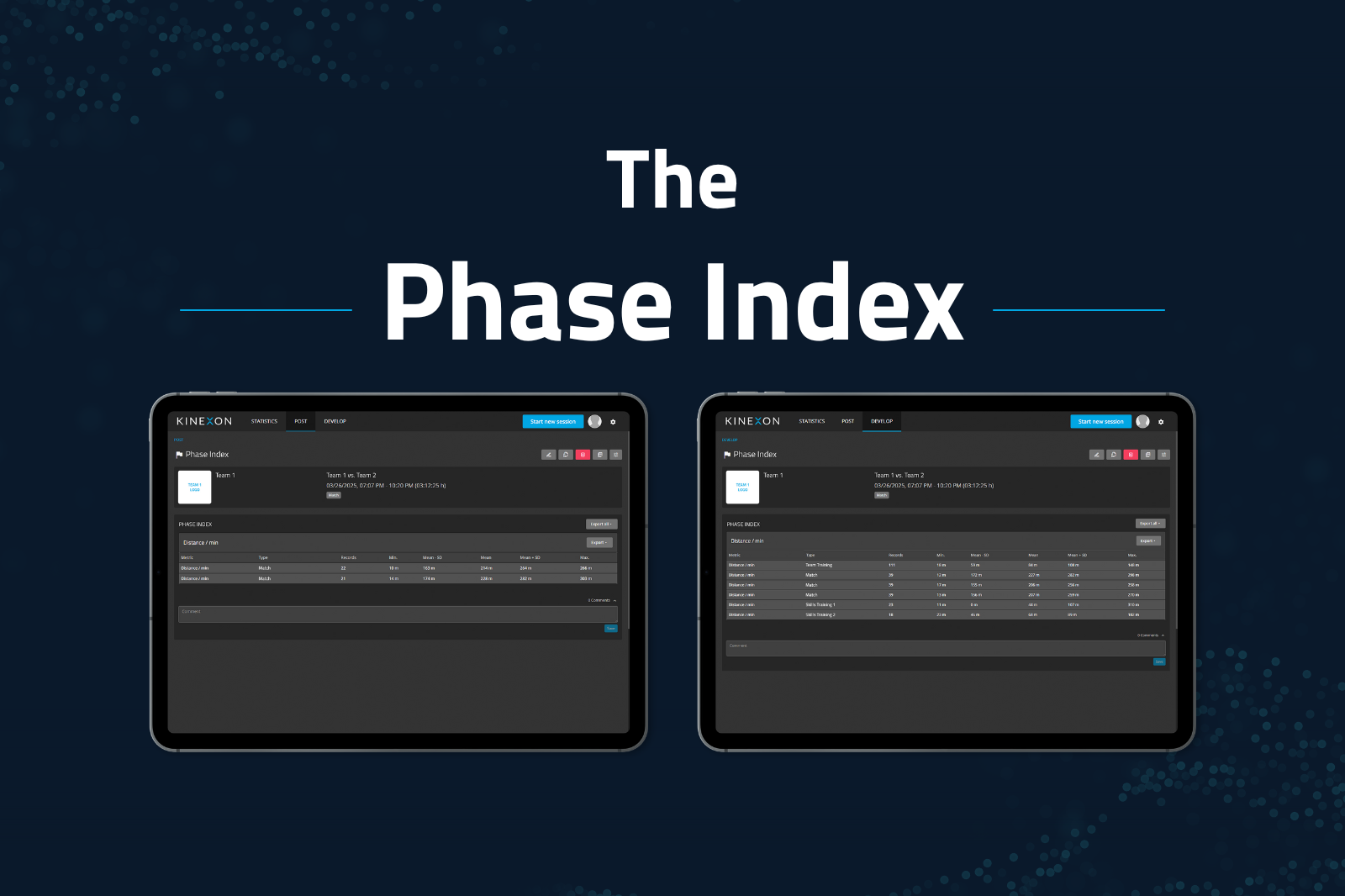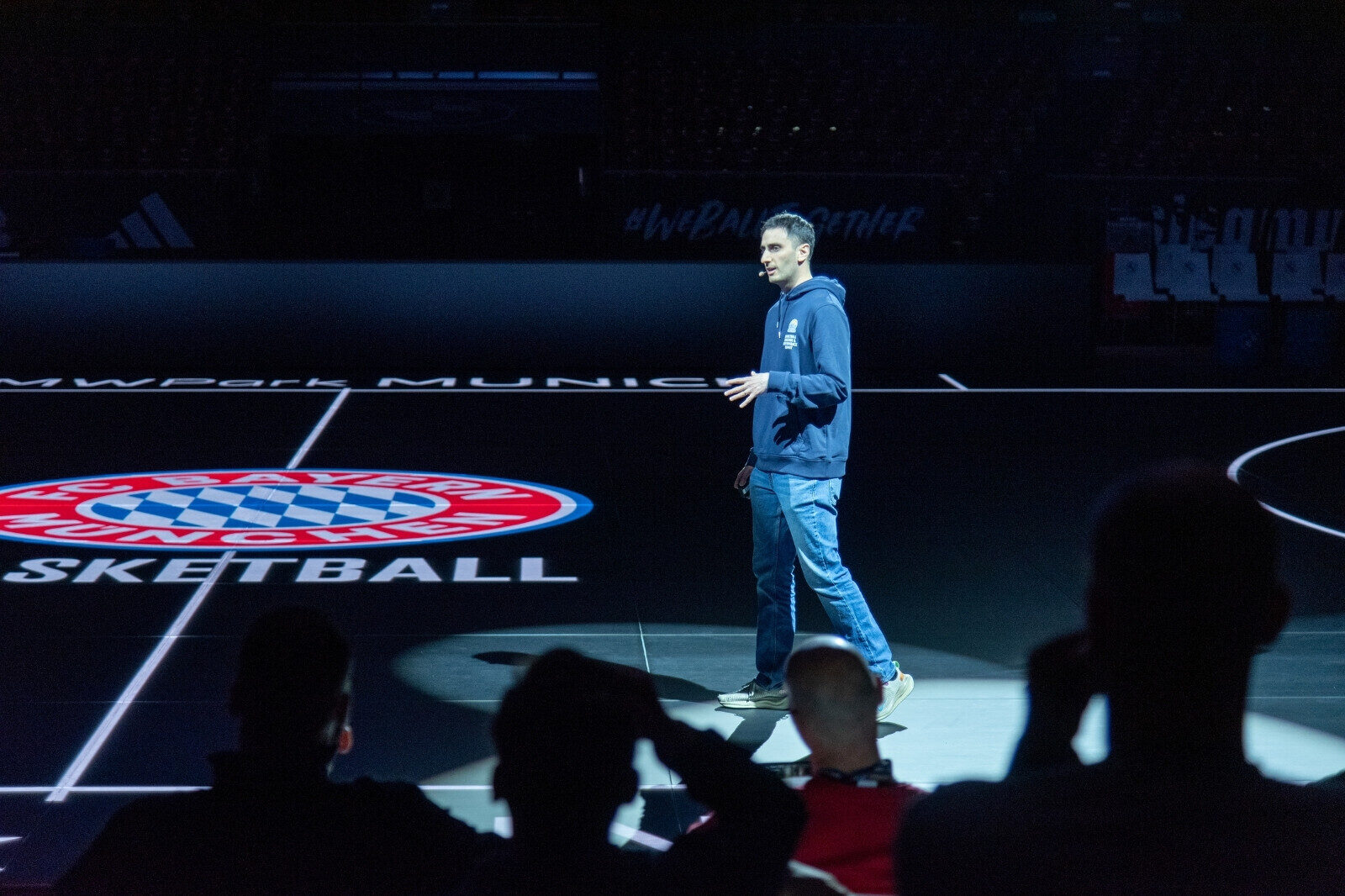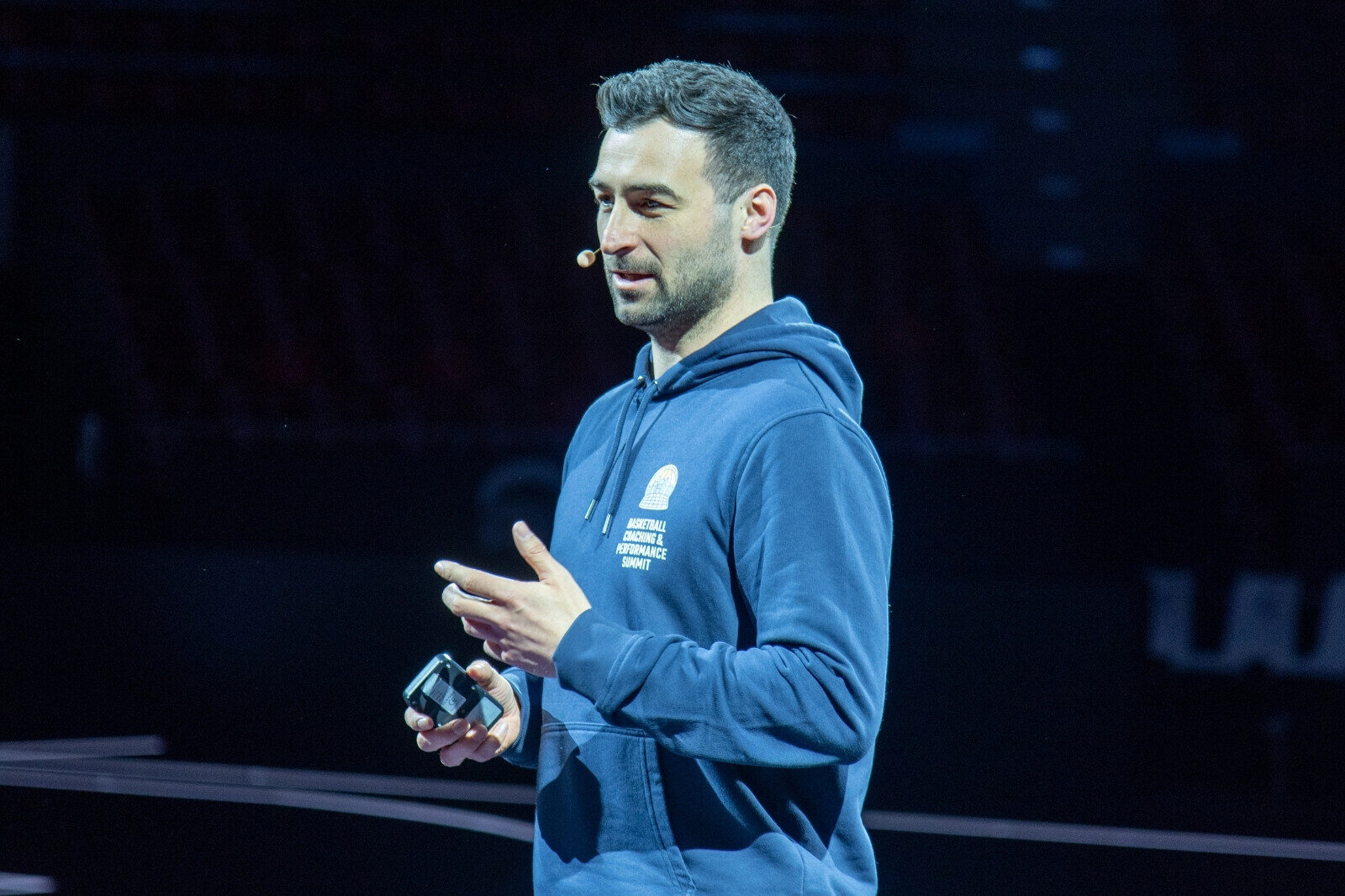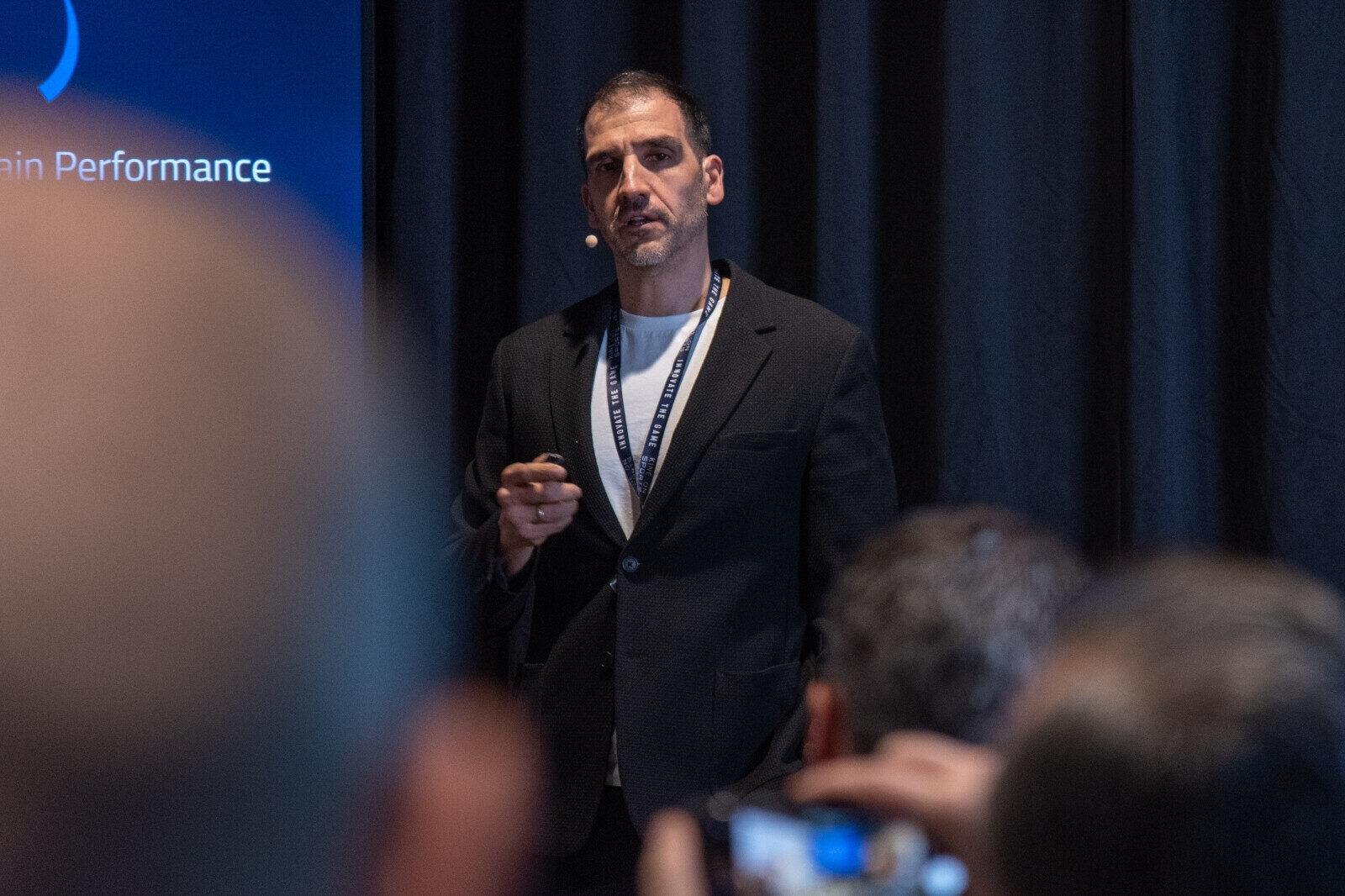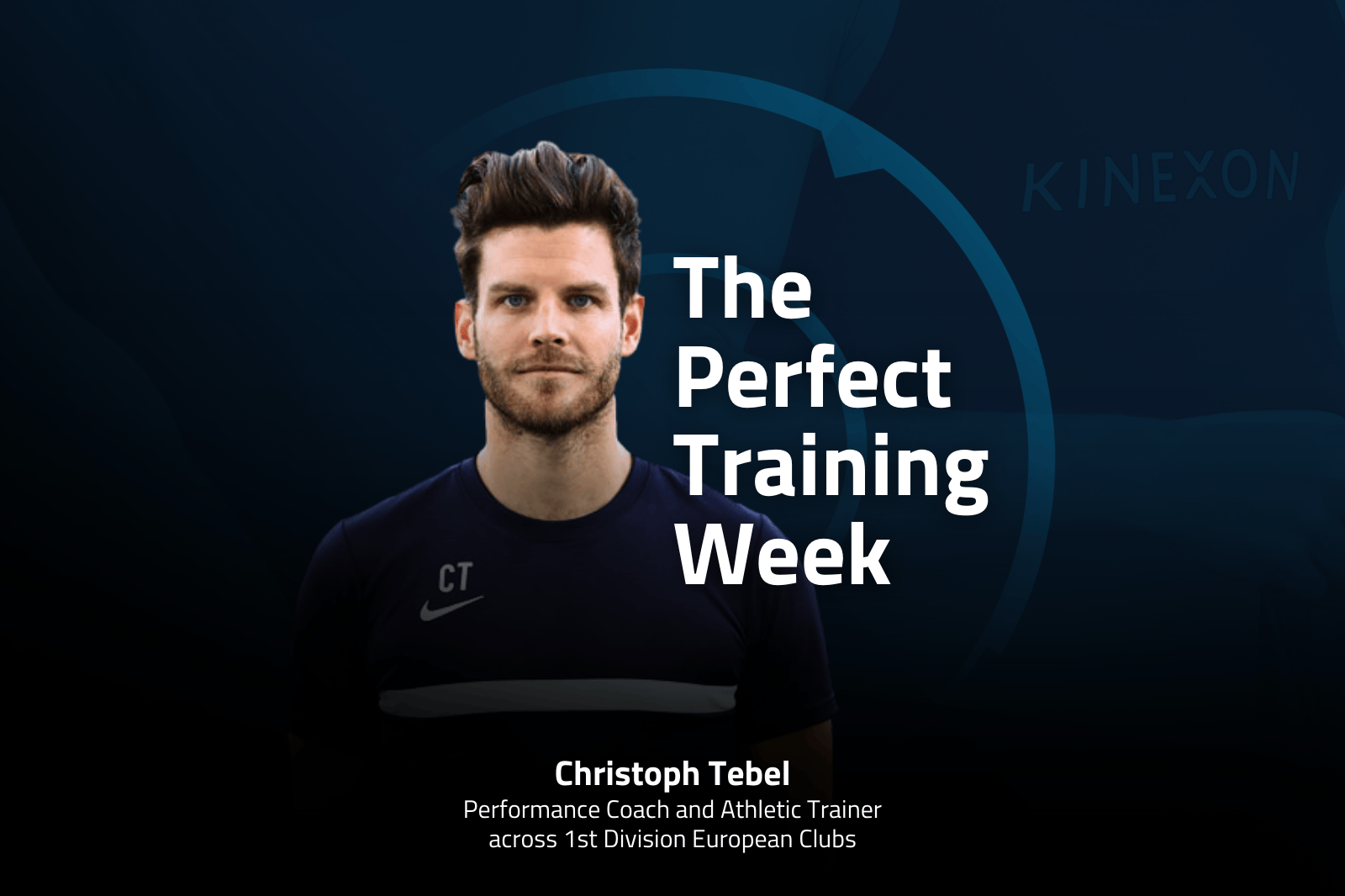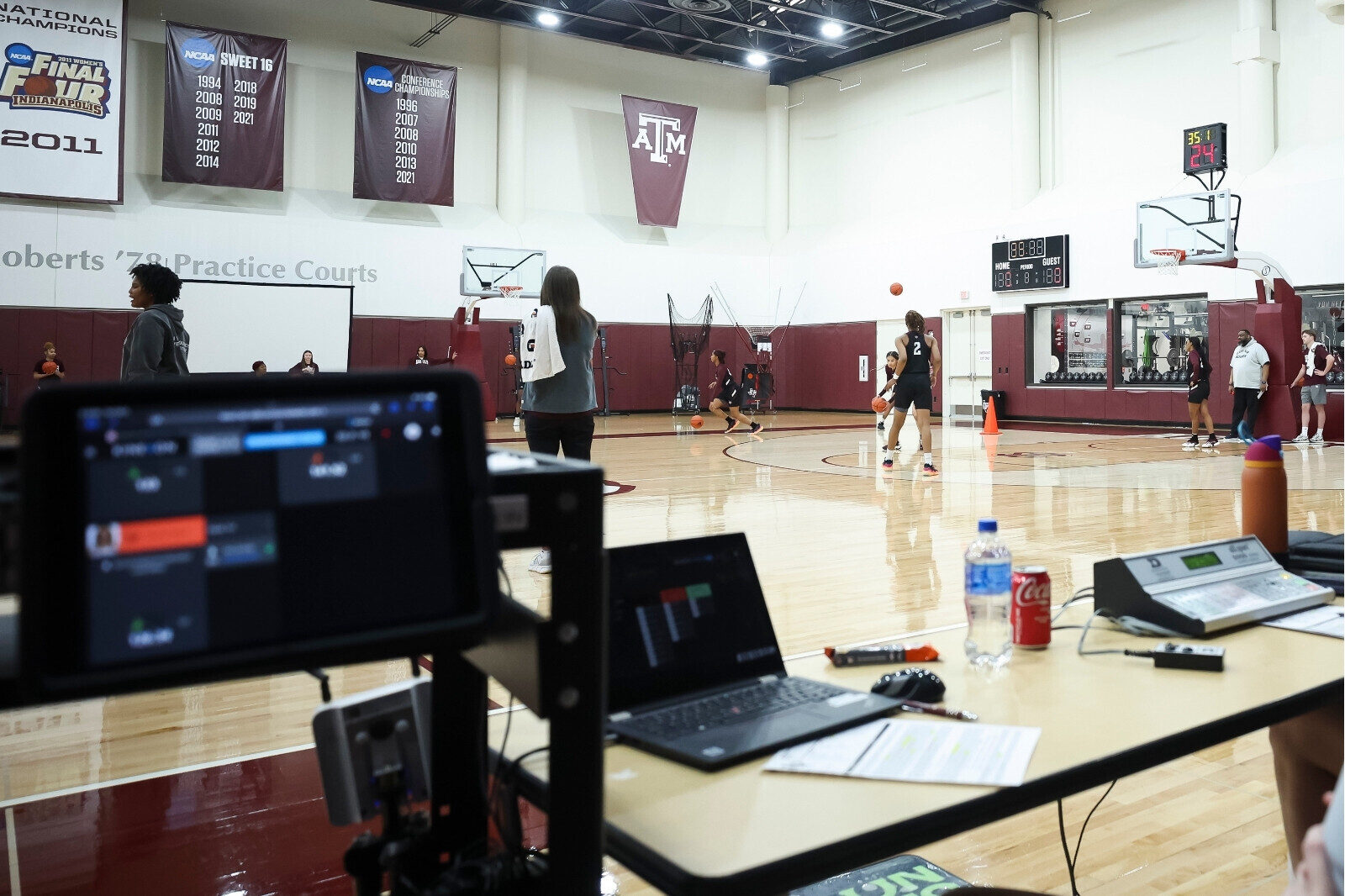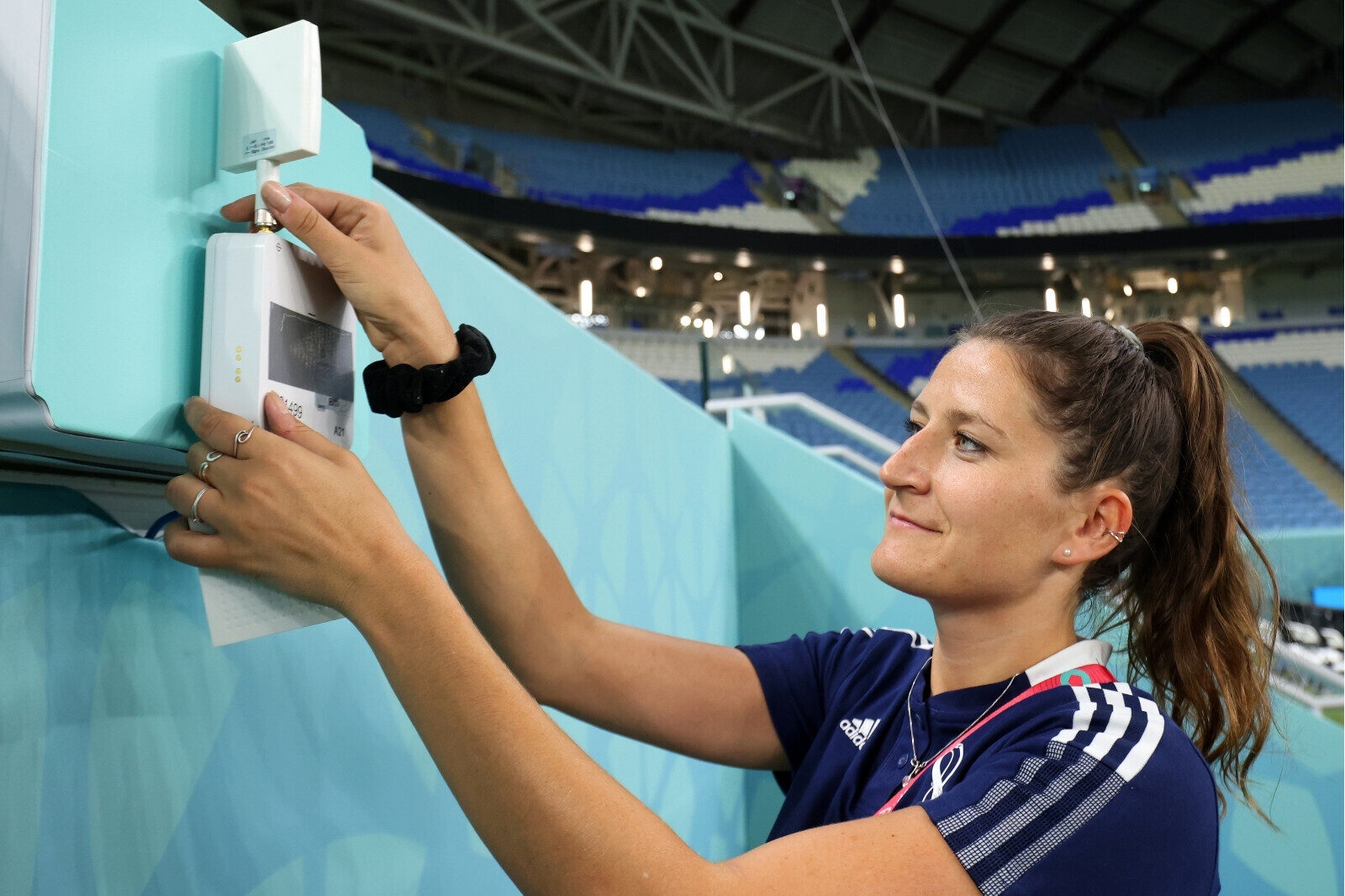Trust, Autonomy, and the Art of Performance Management in the WNBA
In the high-performance landscape of professional basketball, the pursuit of championships is a given. Yet, true impact often stems from a deeper purpose — one that prioritizes sustained athlete development, both physically and mentally. This perspective underscores a broader definition of success: positively influencing performance on a day-to-day basis, beyond wins and losses.
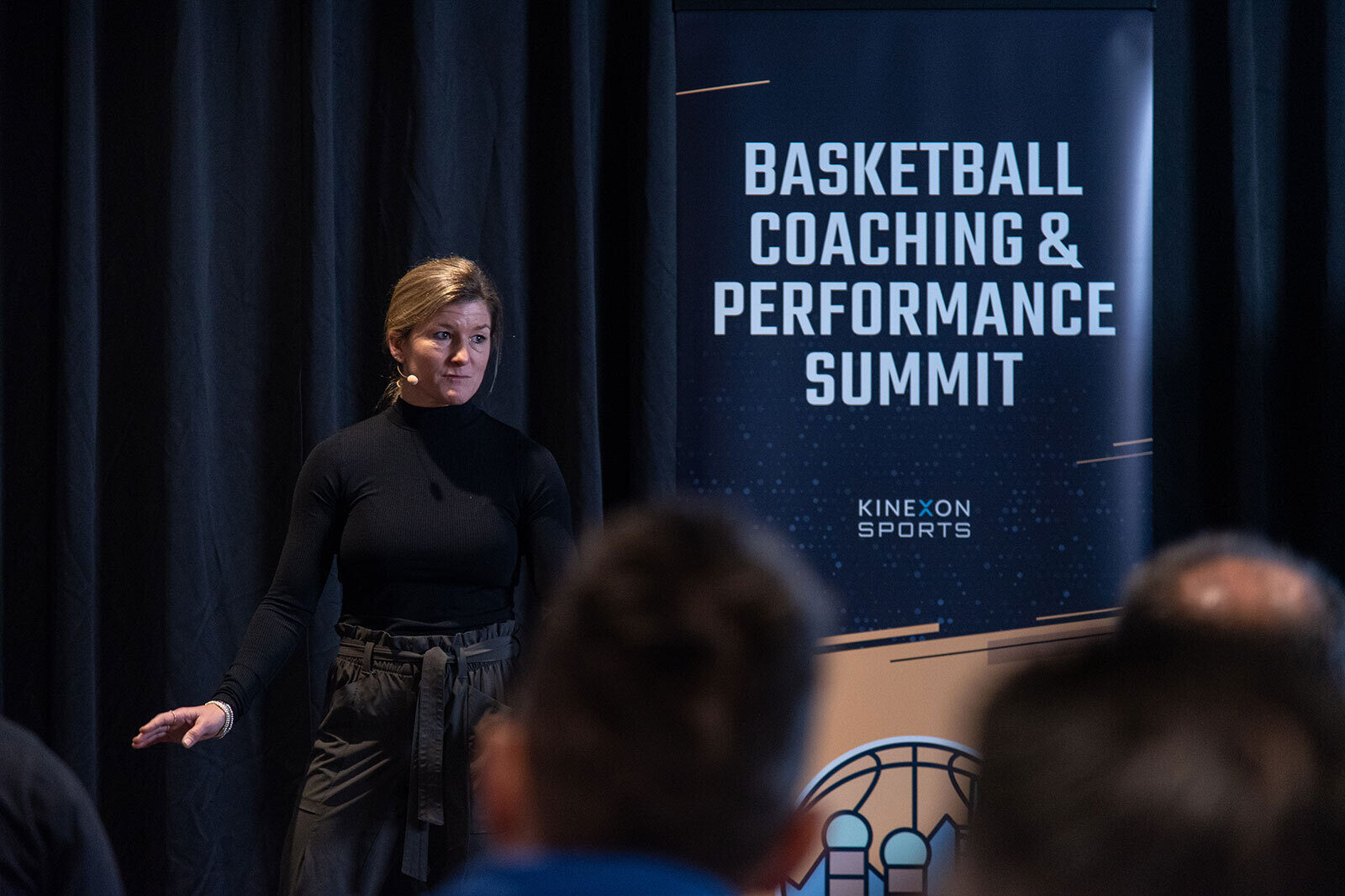
At the 1st Basketball & Performance Summit at BMW Park in Munich, Lesley from the New York Liberty shared a powerful and personal look into how performance data, athlete autonomy, and a human-first approach can shape elite-level outcomes in women’s basketball. Offering a nuanced contrast to tech-heavy perspectives, her talk spotlighted how individualized strategies and culture-driven processes can give teams the edge that often makes the difference between winning and losing.
Performance Management Is Not One-Size-Fits-All
Managing performance at the New York Liberty isn’t just about metrics or dashboards. Lesley’s approach centers on adaptability and contextual awareness. Every athlete has a unique path, body, and mindset. Her job is to balance the scientific side — data, trends, projections — with the human side: how athletes feel, how they communicate, and what they carry with them off the court.
Over time, she refined her approach down to four core pillars:
- Determine Needs – Start with what matters. Sift through the noise.
- Educate – Ensure all stakeholders understand how and why data is being used.
- High Performance Management – Tailor each step. Adjust loads. Predict rather than react.
- Autonomy – Empower athletes. Give them a voice. Respect their experience.
These pillars aren’t sequential — they’re interwoven and constantly in play.
From Data Chaos to Actionable Clarity
When she joined the Liberty, Lesley was new to KINEXON Sports. Learning by doing, she quickly adopted Accumulated Accelerated Load as the primary performance metric. From there, she began projecting loads based on practice plans, tracking weekly goals, and identifying individual and team-wide trends.
Drills were mapped by load per minute, and load targets were forecasted across the season. Coaches received simple updates — no jargon or complicated visuals — just clear feedback: “We’re on target” or “We need to adjust.”
This clarity translated into performance. Bench players stepped up when starters were unavailable, coaches developed a clearer sense of training intensity, and athletes began engaging with their individual data.
The Human Side of Data
Lesley combined objective data with subjective insights, including wellness scores, RPE, and daily conversations. If something didn’t align, she followed up personally.
Crucially, she emphasized education and transparency. If athletes or staff feared the data would be used against them, trust eroded. She worked to ensure everyone understood the purpose behind the numbers.
Autonomy, she explained, isn’t chaos — it’s earned respect. When athletes say, “My body, my choice,” her team listens. But autonomy comes with professionalism, consistency, and mutual trust.
One Athlete, One Breakthrough
One athlete resisted wearing the KINEXON SPORT’s chip during her return-to-play progression, believing it would limit her. But when Lesley and her team involved the athlete in the planning process — giving her agency and voice — everything changed. The athlete began volunteering to wear the chip, asking questions, and actively engaging with her data. That shift illustrated the power of athlete-centered performance.
Small Gains, Big Impact
In the WNBA, performance improvements are often marginal but meaningful. Lesley’s strategy emphasizes consistency, collaboration, and daily check-ins. Each athlete is viewed holistically, with consideration for not just their bodies, but their personal lives and psychological stressors.
She adapts her communication based on the audience — whether it’s a rehab lead, a head coach, or the athlete herself. Her guiding principle: behind every number is a person with goals, fears, and dreams.
Final Thought
Performance and technology are not linear — they’re fluid, complex, and human. But when rooted in trust, transparency, and shared purpose, they can create meaningful and measurable impact, both on and off the court.
Watch the full presentation and talk by Lesley here.
